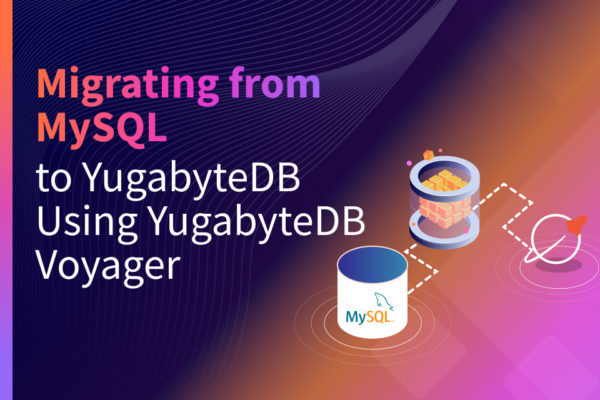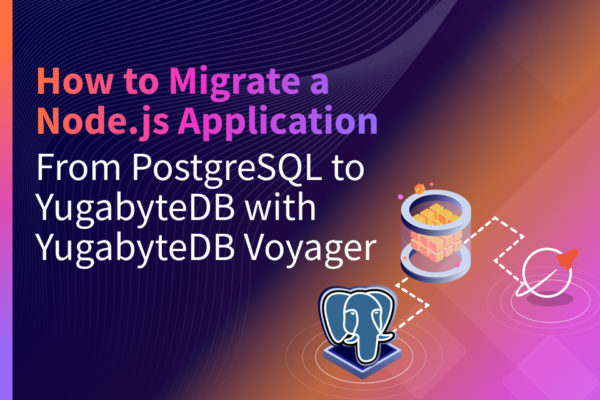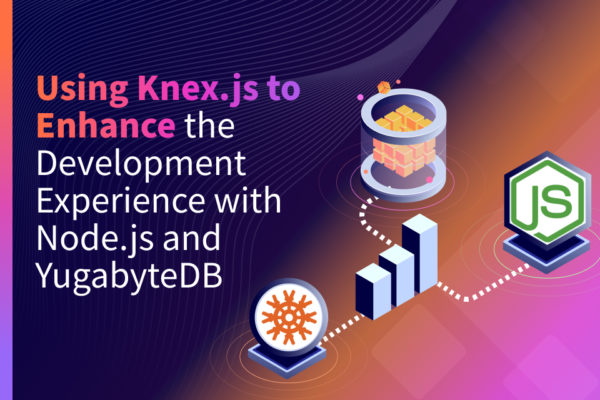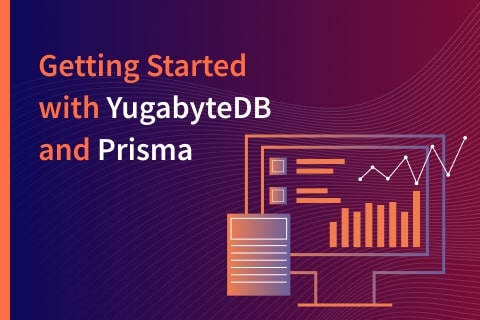Migrating from MySQL to YugabyteDB Using YugabyteDB Voyager
See how easy it is to use YugabyteDB Voyager to migrate a web application from a MySQL database to a distributed YugabyteDB database cluster.

See how easy it is to use YugabyteDB Voyager to migrate a web application from a MySQL database to a distributed YugabyteDB database cluster.

See how how easy it is to use YugabyteDB Voyager to migrate a Node.js application backed by a single-node PostgreSQL database to a distributed YugabyteDB database cluster.

Backend developers working with databases often rely on query builders and object-relational mappings (ORMs) to facilitate database interactions. In this blog, we’ll investigate how the Knex.js query builder can be used to enhance the development experience with Node.js and YugabyteDB.

Developing distributed, database-backed applications brings a number of performance considerations. Applications are being developed to run across zones and regions, potentially incurring high latency costs if incorrectly tuned. This blog will guide you towards a low latency future by using Node.js Smart Drivers.

There are many ways to handle ID generation in PostgreSQL. In this blog, we’ll demonstrate four ways to do so in Sequelize for PostgreSQL and YugabyteDB.

When building modern web applications, developers often find data modeling and data access to be productivity bottlenecks. Rather than moving towards a schema-less database solution, many find using an ORM (object-relational mapping) tool with SQL to be their preferred option. The Node.js community has long been supportive of the Sequelize ORM, with Prisma being a newer option for those looking to model, migrate, and query their data.
In this blog, we’ll get acquainted with Prisma and how it interfaces with Node.js and YugabyteDB.
…